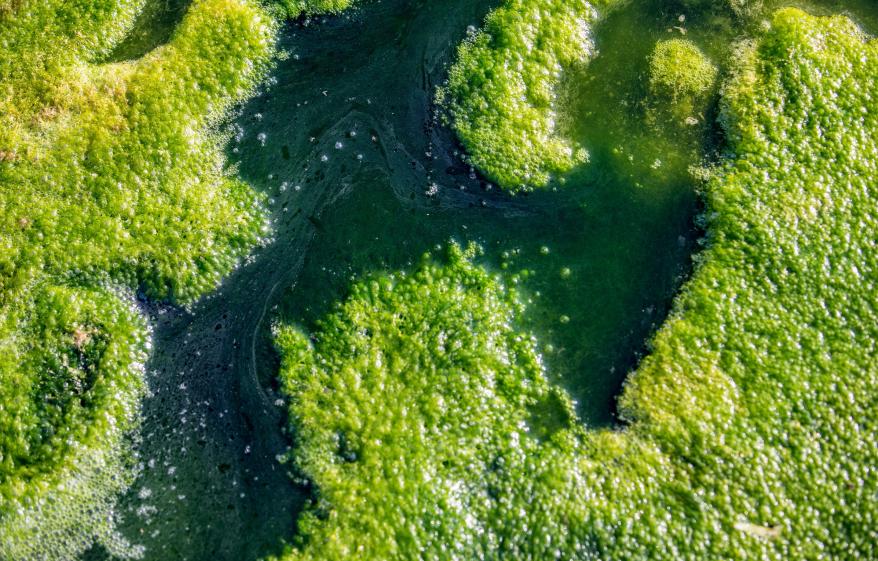
How do wastewater and sewage systems contribute to storm overflows?
Wastewater and sewage systems can contribute to storm overflows through a phenomenon known as combined sewer overflows (CSOs). In areas where combined sewers exist, both wastewater (from homes, businesses, etc.) and stormwater (from rain or melting snow) are conveyed through the same pipes.
During periods of heavy rainfall or snowmelt, the volume of water entering these combined sewers can exceed their capacity. When this occurs, several scenarios can lead to storm overflows:
Hydraulic Overload: The excessive volume of water from storm events surpasses the capacity of the combined sewer system. As a result, to prevent backups and potential flooding in buildings, excess water mixed with untreated sewage may be discharged directly into nearby water bodies, such as rivers, lakes, or coastal areas.
Pressure Buildup: High volumes of stormwater can create hydraulic pressure within the sewer system. To alleviate this pressure, relief points or overflow structures, known as CSO outfalls, are designed to release a mix of stormwater and untreated sewage into water bodies. This discharge is often untreated or partially treated, containing pollutants, pathogens, and nutrients from sewage.
Limited Treatment Capacity: Some wastewater treatment plants may have limited capacity during heavy rain events due to the increased flow of combined sewage. In cases like this, these treatment facilities may bypass certain steps or release partially treated water to prevent system overload, contributing to storm overflows.
The overflow of untreated or partially treated sewage water into natural water bodies during storm events poses significant environmental and public health risks. It can introduce pollutants, pathogens, and excess nutrients into ecosystems, leading to water contamination, degradation of water quality, and potential health hazards for aquatic life and humans.
Efforts to address combined sewer overflows involve various strategies, such as:
Investing in Infrastructure: Upgrading Victorian sewer systems by separating stormwater and sewage pipes, constructing larger pipes, building storage tanks or tunnels to temporarily hold excess flow, and improving wastewater treatment plants' capacity.
Green Infrastructure: Implementing green solutions like permeable pavement, green roofs, rain gardens, and constructed wetlands to manage stormwater closer to its source, reducing the volume entering sewer systems.
Regulations and Policy Measures: Enforcing regulations to minimise pollutant discharges, promoting water conservation, and developing policies to manage stormwater effectively.
Sewage treatment capacity is enhanced with the Onunda technology, reducing the number of storm overflows. It can reduce the frequency and impact of combined sewer overflows, preserving water quality and safeguarding public health and the environment.
Learn more about the benefits of the innovative Onunda technology.













